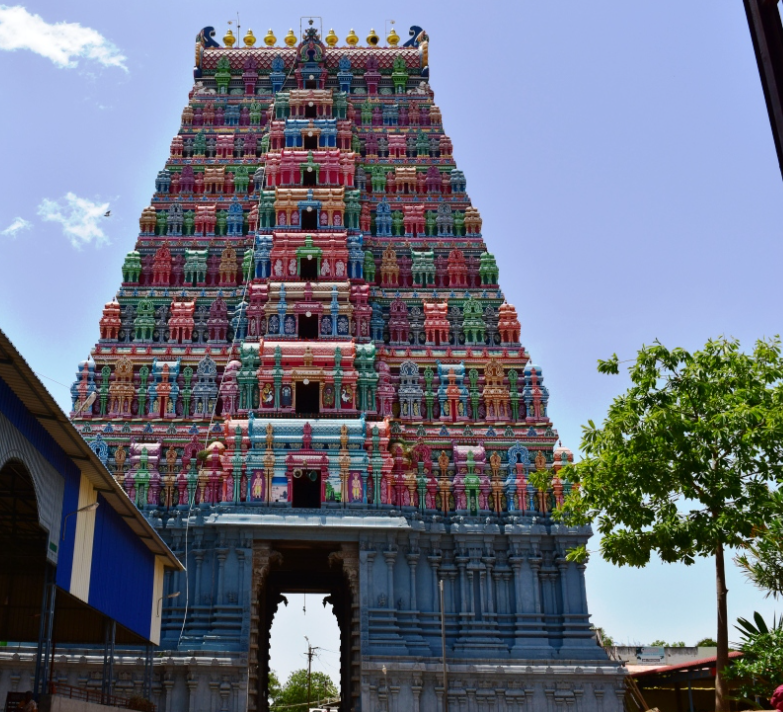Origin/History :-
The temple is associated with Sundaramoorthy Nayanaar and Varaguna Pandyan. Maruda Pandiyar of the Sivagangai Samasthanam (Kingdom) made significant contributions to the maintenance of the temple. During British rule, the British attempted to destroy the temple to force the Marudu Brothers—devoted to the temple—to surrender. The tombs of the brothers, who were later executed, can be seen near the temple.
On 25 June 1772, the British forces, led by Colonel Joseph Smith and Captain Bonjour, marched towards Kalaiyarkoil. The second king of Sivaganga, Muthu Vaduga Natha Thevar (1750–1772), along with the Maruthu brothers, defended the temple. Anticipating an English invasion, Rajah Muthu Vaduganatha Thevar made preparations for defense. However, he and many of his soldiers were killed in the Kalaiyarkoil battle. After the defeat, the English forces plundered Kalaiyarkoil, looting jewels worth 50,000 pagodas. The temple then became a part of the Sivagangai Devasthanam.
After the British occupation, the temple remained locked and prayers were halted for some time. It was later reopened, with significant repairs and development undertaken by the Devakottai Zamindar. Shree AL.AR.RM. Arunachalam Chettiar, the Zamindar of Devakottai, took sanyasa from Koviloor and moved to the Vedantha Madam at Kalaiyar Kovil. He became known as Shreelashree Zamindar Arunachala Gnana Desiga Swamigal, and his Samadhi is located at the rear of the madam.
After the passing of his father, Devakottai Zamindar AL.AR. Ramaswamy Chettiar, Shri AL.AR.RM.Arunachalam Chettiar, the then Zamindar, established the Devakottai Zamindar Kattalai Endowment (now known as AL.AR. Trust) with a registered agreement to the Sivagangai Devasthanam. This endowment ensures the continuous performance of daily and monthly poojas to God Sorna Kaleeswarar and Sornavalli Amman. The tradition continues to this day, with Mr. AL.AR.K.VR Chinna Veerappan, the Senior Heir of the AL.AR. family, continuing the legacy.
Puranic Significance :-
